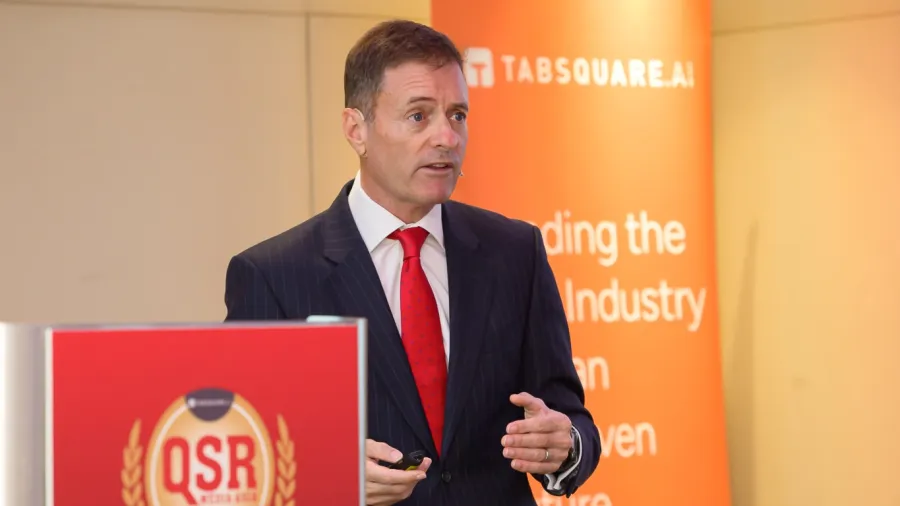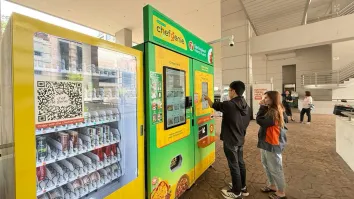
Southeast Asia’s commuters, hard workers fuel fast-food growth
People who work longer consume more Big Macs.
Longer working hours and frequent commutes are fueling the growth in Southeast Asia’s quick-service restaurant (QSR) industry, presenting opportunities for brands that cater to consumers who seek convenience and are pressed for time.
Tim Hill, key account director for Southeast Asia at GlobalData, expects the sector to grow 4.8% annually from 2025 to 2029.
“We are pretty bullish about the QSR sector within Southeast Asia,” he told the QSR Media Asia TabSquare Conference & Awards 2025 in Singapore.
Hill, who looked at McDonald's outlets per million population, found that the richest countries like Japan and Singapore have the most foodservice outlets, even as he noted that there's a “massive variation” in the number of hours worked to buy a Big Mac across Southeast Asia.
He expects Vietnam to lead with 10.9% growth, followed by Indonesia with 7.31%, the Philippines with 4.25%, Malaysia with 3.5%, Singapore with 2.73%, and Thailand with 1.63%.
The appetite for fast, convenient dining is reflected in consumer spending patterns.
Half of Vietnamese consumers rated their QSR spending as high or very high, according to GlobalData’s first-quarter survey in 2023.
In Malaysia and the Philippines, the figure was 40%, well above the 32% global average.
Hill said the region’s heavy reliance on fast-food meals is deeply tied to their lifestyle.
“Consumers [in Southeast Asia] do spend more on quick-service restaurants than the rest of the world despite the relative affordability [of healthy food],” he said. “The reason behind this is that they're working longer hours, and they're commuting more than the rest of the world.”
“Hence, a lot of their meals are taken whilst travelling, whilst on the street, at a cafe or a fast-food restaurant,” he added.
Hill said technology is also a key growth driver, with more fast-food chains investing in service and preparation robots, personalised digital menus, and intelligent stock and waste management systems to streamline operations.
This digital momentum is also reflected in the rise of super-apps — platforms that bundle multiple services, including food delivery, payments, and mobility.
Hill cited the distinction between vertical super-apps such as Amazon, TikTok, and Facebook, which offer integrated services within a sector, and horizontal apps like Grab, Gojek, and WeChat, which span unrelated categories.
“What's most interesting is that the majority of the superapps are very heavily concentrated in the Asia-Pacific region,” he said.
GlobalData expects 50% of the world to use superapps by 2028, which could further reshape how consumers engage with quick-service restaurants.

























